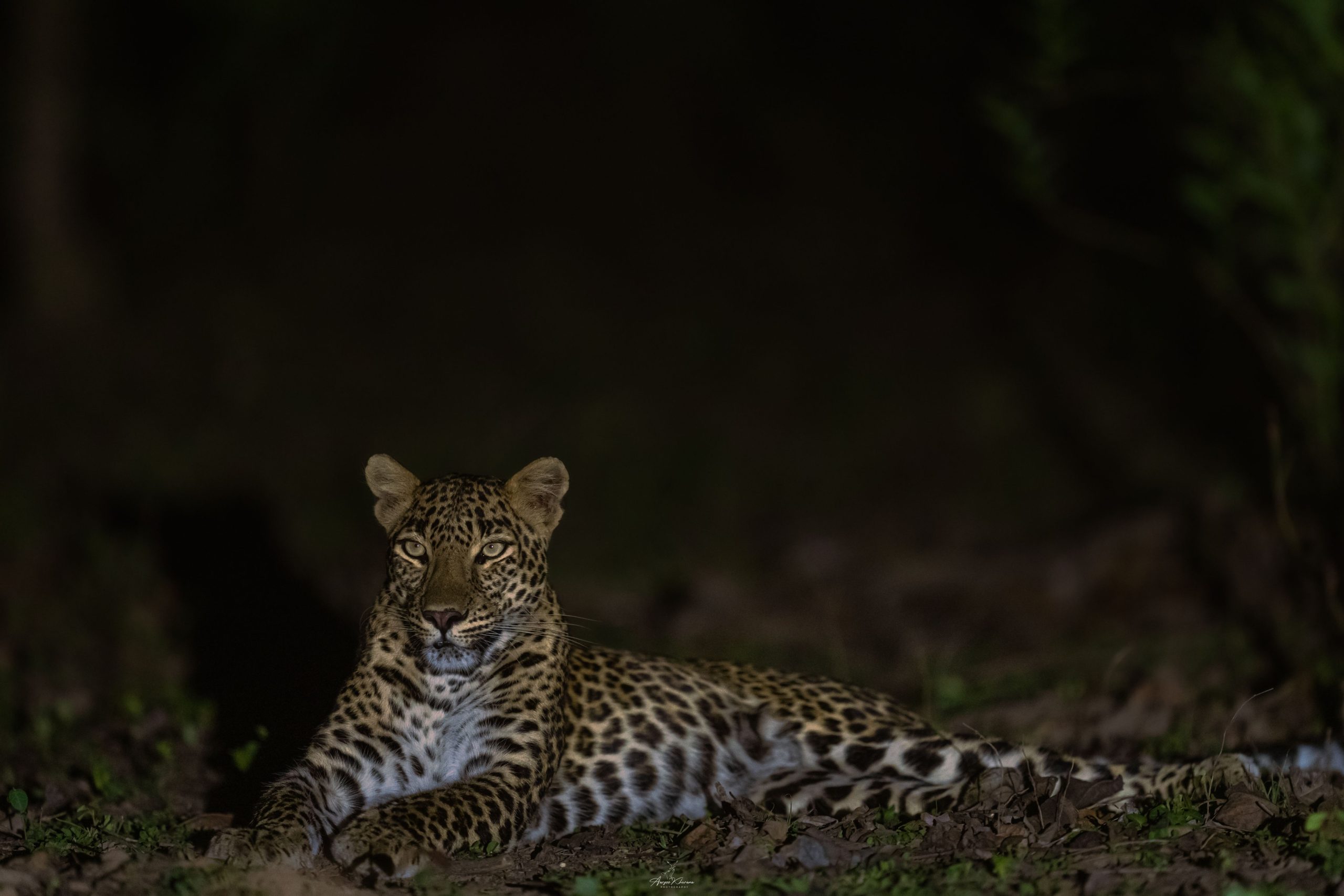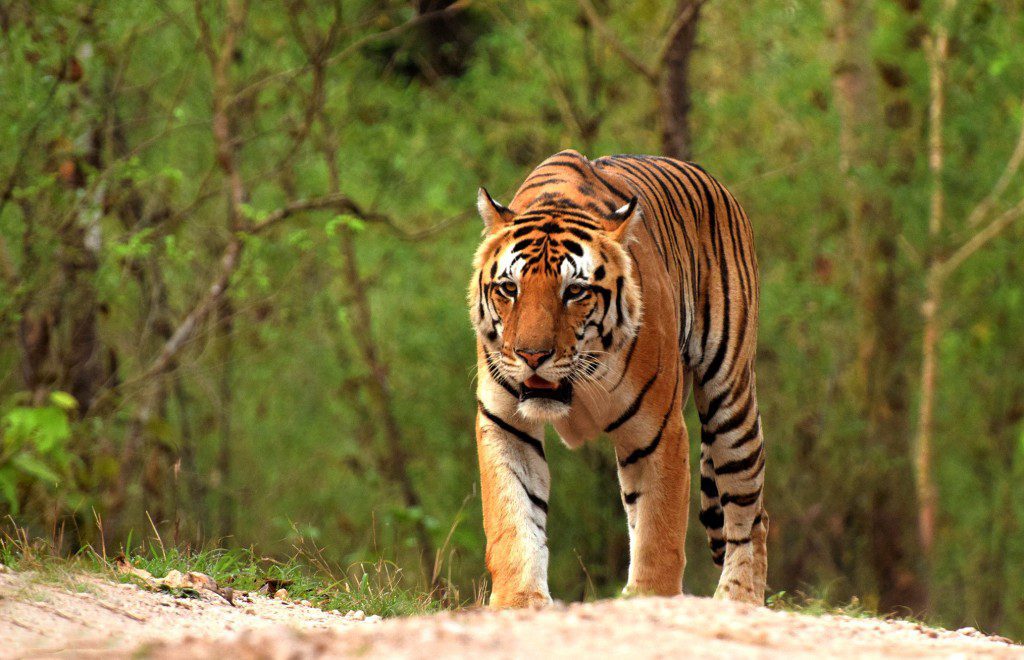With around 2,967 tigers within its borders, India is home to over 70% of the world’s wild tigers. In India, tigers can be found in 51 different national parks. Most National Parks offer safari by Jeep, boat safari, and safari on foot, but recently many of them have allowed a new thrilling experience of sighting wildlife, during a Night Safari.
Traditionally, safaris were only conducted during daylight hours, but in recent years, the forest department has allowed night safaris, also known as night patrols because, in a sense, we are assisting the forest department in keeping an eye on illegal activities that may occur at night. It’s special because you can witness nocturnal wildlife like rusty-spotted cats, civets, nightjars, and a variety of owls that are never seen in day safari.
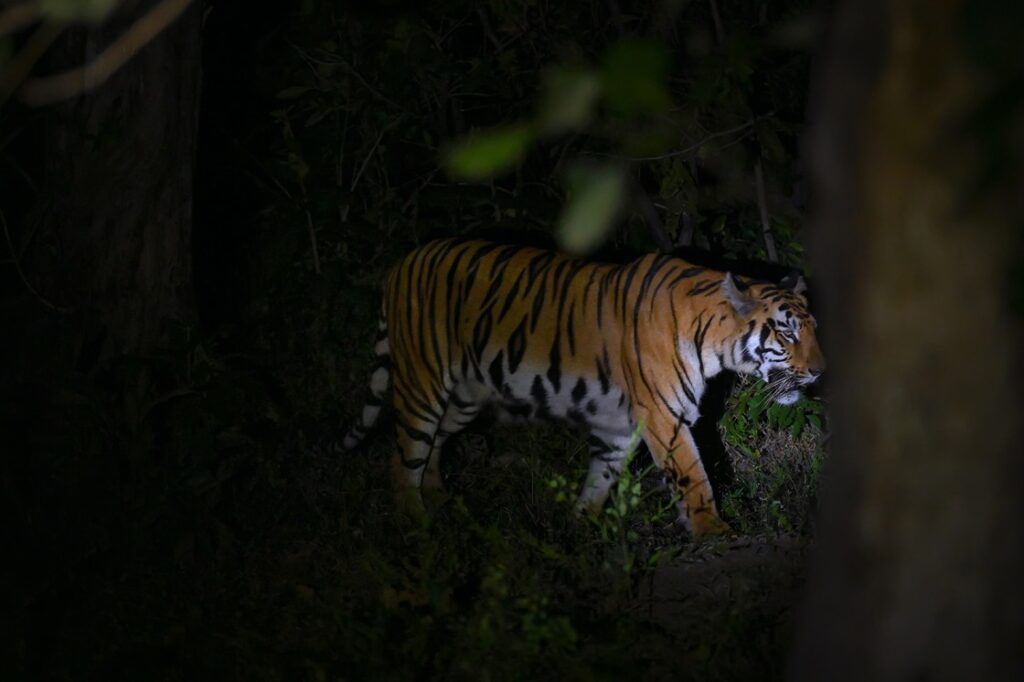
This is a unique moment because diurnal creatures are ending their daily activities and returning to their roosts or nests, while nocturnals, who have been thirsty and hungry for extended periods of time, are emerging out in the wild. Civets and other arboreal nocturnal species descend in quest of water and food.
It is undeniably an exciting moment of transformation.
How different is a Night Safari?
The sensation of privacy and adventure that comes with exploring the beauties of wildlife in the daylight is unique. Prowling deep forests in the dead of night, on the other hand, is a once-in-a-lifetime experience. It’s interesting to listen to insects, hear Nightjars calling from afar, see owls silently perch on a tree, and observe the silhouettes of the untamed terrain.
A heart-pounding sensation can be experienced that is not present in broad daylight. Wild creatures’ evening habits are fascinating to watch. The odds of spotting a predator are significantly higher in the dead of night, and there’s always a better chance of capturing a rare natural feature on these safaris.
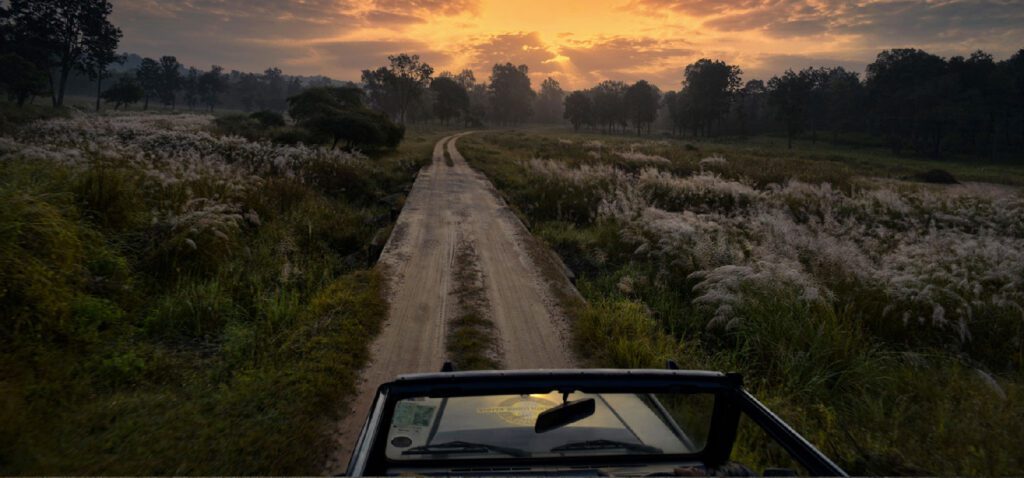
Adaptations of nocturnal animals
Animals that are active at night have larger eyes and pupils. They have more rod cells than cone cells in their eyes. The bigger pupil allows them to collect more light that helps them to see in the dark better than us. Behind the retina is a reflecting layer known as the tapetum. Any light that travels through the eye reflects back onto the tapetum.
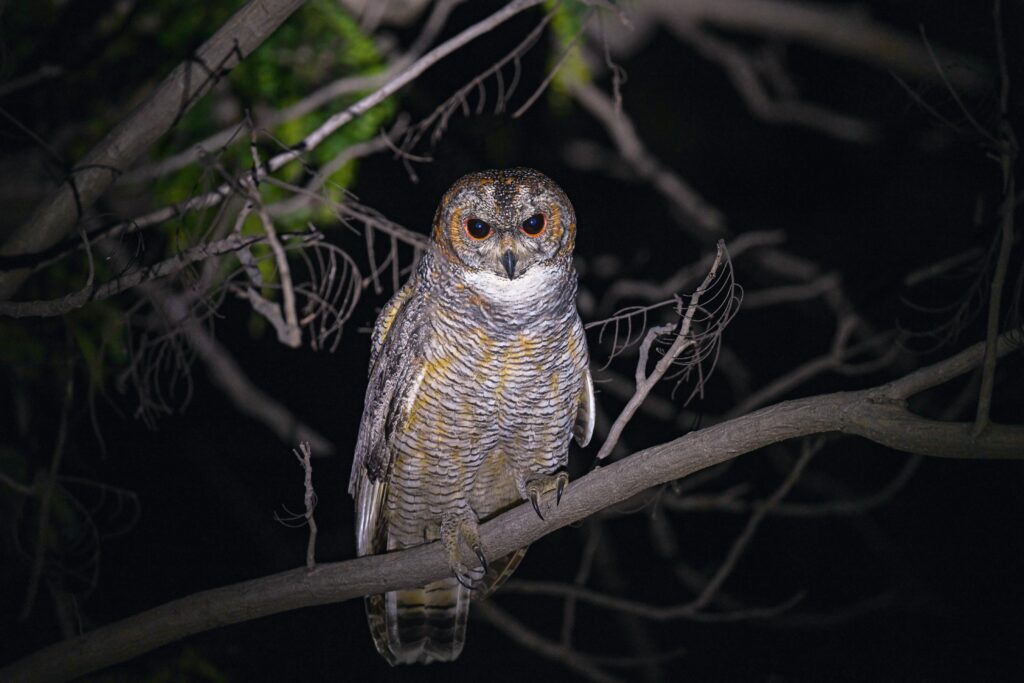
Rod cells in the retina store their DNA in such a way that the nucleus of each cell becomes a light-collecting lens. As a result, when the torchlight is fallen on the eyes of these animals, they shine. Thus, if there is an animal in the range of the torchlight and it falls on it; you can never miss a sighting.
Key behaviours of wildlife at night
Despite the fact that many nocturnal creatures have enhanced the senses of smelling and hearing, it is still easier to stay undetected at night. The darkness allows predators and prey to move about more quietly. Victims of animals forage more safely at night, but predators take advantage of the same darkness to ambush prey more quickly. This behavior was likely devised by certain nocturnal species as a means of reducing fighting over food sources.
Night safari in Central India
In the buffer zones, national parks such as Bandhavgarh, Kanha, Pench, Satpura, and Tadoba; the forest department offers night safaris in the central province of India. Night safari in Bandhavgarh takes place between 6:30 p.m. and 9:30 p.m in Parasi & Pachpedi zone. Night Safari in Kanha is from 7:30 p.m. to 10:30 p.m. in the Khatia buffer zone & Khapa Gate. Night Safari in Pench is in Tikadi Buffer which is near Karmajhiri gate and Khawasa buffer . Night Safari in Satpura National Park is in Parsapani and Sehera buffer between 5:30 p.m. and 8:30 p.m. Lastly, Night Safari in Tadoba is from 7:00 p.m. until 10:00 p.m.in Junona buffer near Moharli gate and Palasgaon.
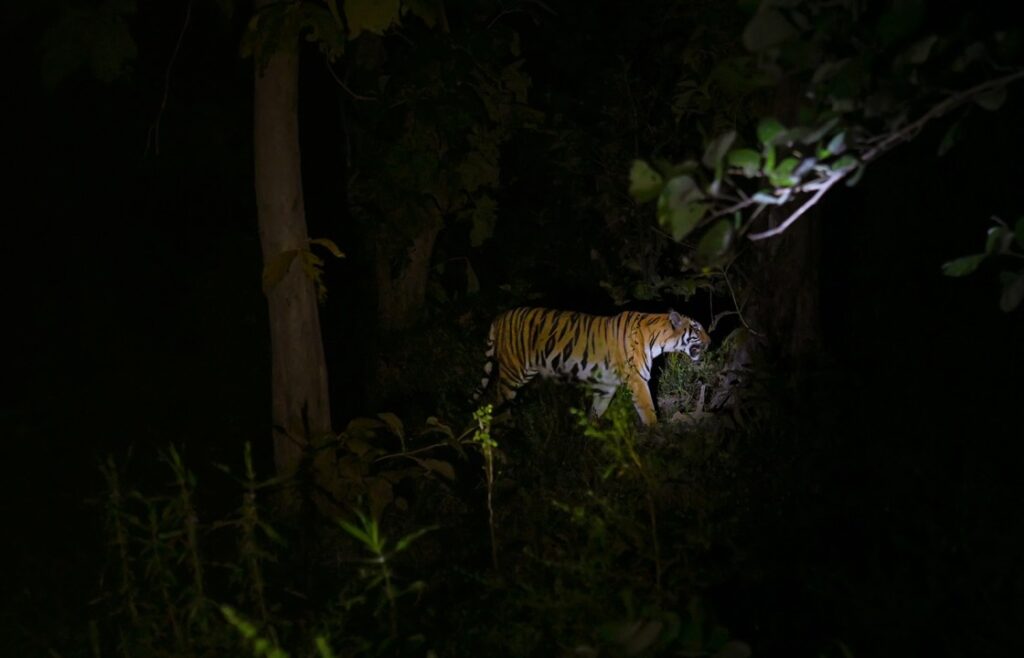
Our naturalists at Pugdundee Safaris, have hosted many guests on a Night safari and have witnessed some incredible moments from the wild. From tigress on a hunt, leopard on a prowl, sloth bear drinking water, the smallest wild cat – rusty-spotted cat with her cubs, porcupine crossing a road, thousands of fireflies on a tree, a fight between common palm civet and a forsten’s cat snake and more. They were lucky enough to observe such wild moments.
Our wildlife lodges Waghoba Eco Lodge at Tadoba, Kanha Earth Lodge at Kanha, Pench Tree Lodge at Pench, Kings Lodge & Tree House Hideaway at Bandhavgarh are ideal stay options for wildlife adventure seekers. All our lodges are situated very closely to gates that offer Night Safari as an experience and are the epitome of luxury in the forest wilderness.
Precautions or important things to keep in mind
Exploring the jungle is always full of surprises, regardless of how many times you are visiting the forest. However, in our eagerness to explore the natural world, we sometimes forget that we have a responsibility to uphold, which is to maintain the environment clean.
- When visiting any of India’s tiger reserves, national parks, or wildlife sanctuaries, keep in mind that they are protected areas under the authority of the Forest Department of India, therefore do not engage in activities that could jeopardize the forest department’s environmental conservation efforts. Tiger safaris in India offer a truly remarkable experience, but it’s essential not to disturb the animals.
- Using torch lights is allowed in some places and in other’s it is completely prohibited. So, let naturalists and guides use the torches and search wildlife for you.
- Being a wildlife photographer entails a high level of ethical consideration. We’re frequently thrust into personal situations in which we have the potential to directly influence or interfere with animals’ behavior, and we must always ensure that we’re not doing so.
- Animals are generally tolerant of our presence, but it’s all too simple to go too far. As a result, no matter how badly we want a particular snapshot or want that leopard to stare us in the eyes, we can’t do anything to agitate them. If they keep their backs to you, that’s it — making noises to get them to turn is neither responsible nor ethical, and it frequently results in a negative snowball effect in the animals’ behavior.
In conclusion,
Nightlife takes on a whole new meaning for wildlife enthusiasts. They know that in order to see nocturnal animals, they must travel out into the woods after the sun has set. Your heart begins to race as soon as you board the gypsy, and you begin to wonder which animal will appear out of nowhere to provide you with an unforgettable experience. That’s the rush of entering a completely different world of nature. You never know what kind of adventures you’ll have.

